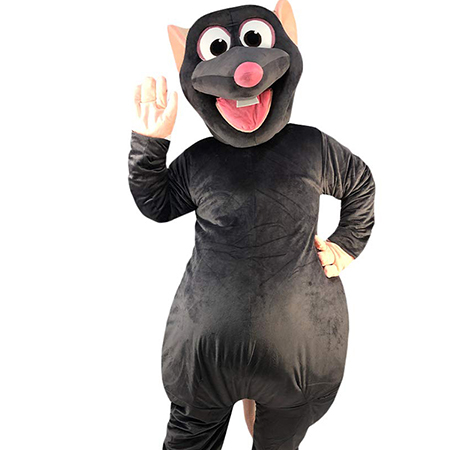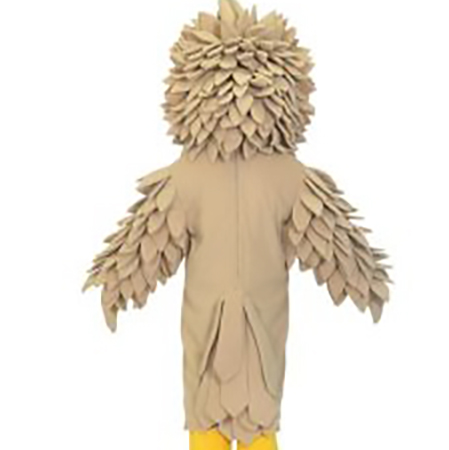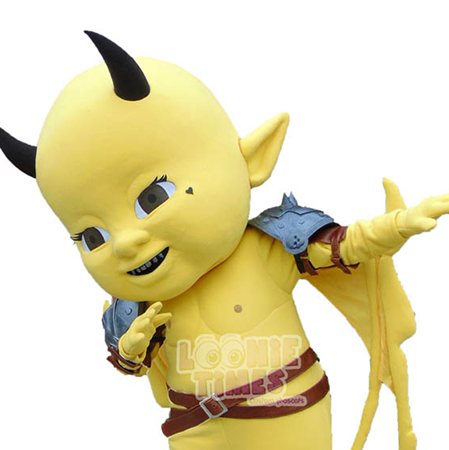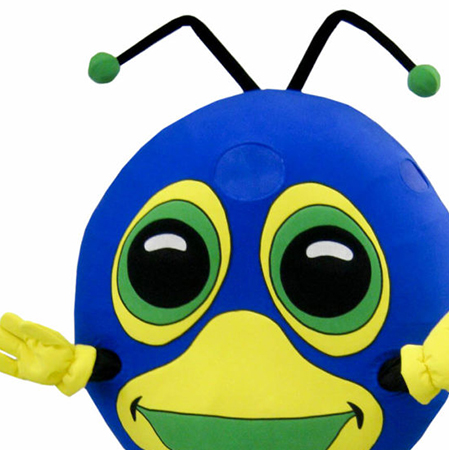Pop culture has always been a dynamic force shaping various aspects of society, and the realm of mascot costume designs is no exception. These vibrant characters, representing sports teams, businesses, and public events, have evolved significantly due to the ever-changing landscape of popular media and trends. Understanding this influence reveals how deeply pop culture intertwines with even the most whimsical creations of our time.
One prominent way pop culture affects mascot costume design is through movies and television. Iconic characters from films such as Star Wars and superheroes from the Marvel and DC universes often inspire new mascots’ looks. For instance, the rise of the Marvel Cinematic Universe has led to an increase in superhero-themed mascots at sporting events and corporate functions. These costumes often feature sleek, high-tech designs that mimic the armored suits of Iron Man or the cape of Superman, resonating with a broad audience familiar with these cinematic heroes.

Another significant influence comes from video games. As digital entertainment grows exponentially, many mascots now adopt designs that reflect characters or themes from popular gaming franchises. Characters like Mario, Lara Croft, and Sonic the Hedgehog have become recognizable figures globally, prompting their features to be incorporated into mascot costumes. Whether it’s a furry creature with quills or a character donning a red cap and blue overalls, these elements add a layer of nostalgia and excitement for fans.
Music also plays a pivotal role in shaping modern mascot costumes. The fashion and personas of famous musicians often trickle down into mascot design. For example, hip-hop artists like Dr. Dre with their distinctive urban styles or rock bands like KISS with their flamboyant makeup have inspired mascot creators to develop more elaborate and thematically rich costumes. These costumes often include bright colors, unique accessories, and bold shapes, mirroring the visually striking aesthetics prevalent in today’s music scene.

Social media has further accelerated this cultural osmosis. Trends can spread like wildfire across platforms like Instagram, Twitter, and TikTok, influencing what becomes popular and therefore what gets incorporated into mascot designs. Challenges, memes, and viral content often highlight particular aesthetics or motifs that designers then use to keep their mascot costumes fresh and relevant. This ensures that mascots remain engaging to an ever-evolving audience base.
In addition, cosplay culture has left a considerable mark on mascot costume design. Conventions and gatherings dedicated to comic books, sci-fi, fantasy, and anime see fans dressing up as their favorite characters with intricately detailed costumes. This level of detail and craftsmanship has pushed mascot designers to elevate their game, resulting in more sophisticated and authentically themed costumes. The crossover between amateur cosplayers and professional mascot designers has created a fertile ground for innovative designs.

Lastly, globalization cannot be overlooked when discussing the influence of pop culture on mascot costumes. With societies becoming more interconnected, cultural elements from around the world are now blending seamlessly into mainstream pop culture. This has led to mascot costumes incorporating diverse styles, fabrics, and symbols from different cultures, making them more inclusive and representative of contemporary societal values.
In conclusion, while mascot costumes may appear whimsical and fun on the surface, they are deeply influenced by the multifaceted nature of pop culture. From blockbuster movies and video games to music icons and social media trends, cosplay culture and global influences, mascot designs today are a rich tapestry woven with threads from every corner of popular culture. This continuous evolution ensures that mascots remain vibrant symbols that resonate with both young and old, creating joy and excitement wherever they appear.

